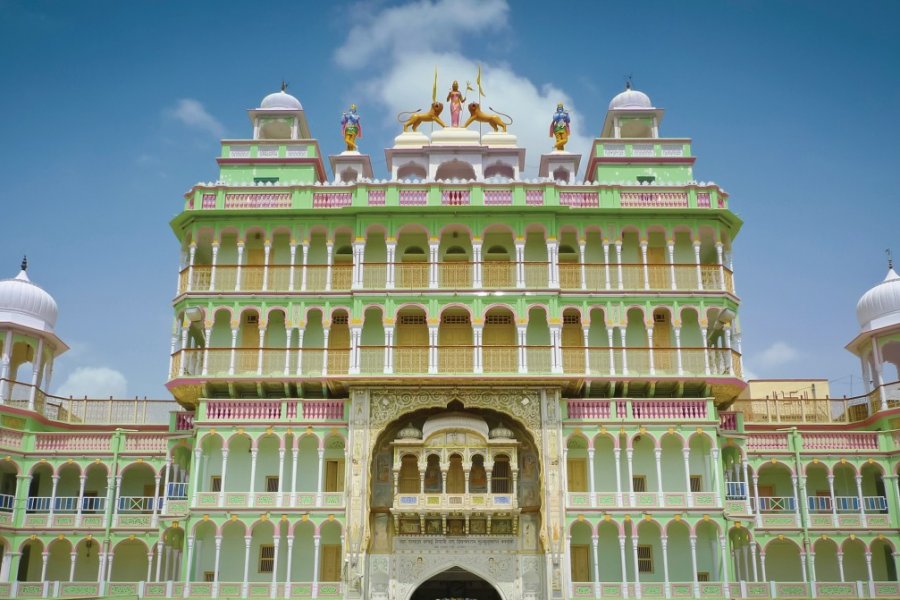Travel Guide Jhunjhunu
Find an accommodation
Advertising
No one knows exactly when this city was founded, but some historians place its origins in the 11th century, at the time of the Chauhan. Mohamed Khan, first nawab of the Kaimkhani dynasty, seized it around 1450 to make it a Muslim principality. Reconquered in 1730 by Sardul Singh, it became the capital of Shekhawati. During this period, two merchant families, the Tulsians and the Khaitans, transformed the city by erecting several important monuments. Jhunjhunu still boasts of remarkable establishments including the Mohanlal Ishwardas Modi haveli, Kaniram Narsinghdas Tibrewala, the Khetri Maha, as well as cenotaphs that have housed the ashes of a large number of Singhs, descendants of the maharaja of Bikaner as well as the Rani Sati temple, one of the most important in Rajasthan. The city counts today 130 000 inhabitants and remains also a place of Hindu pilgrimage very popular in all the north of India. Capital of the region, it is the best served in terms of transport.
What to visit Jhunjhunu?
Suggested addresses Jhunjhunu
Weather at the moment
Advertising
Organize your trip with our partners Jhunjhunu
Transportation
Book your plane tickets
Car Rental
Boat rental
Accommodation & stays
Find a hotel
Holiday rental
Find your campsite
Tailor-made trip
Immersion travel
Services / On site
Activities & visits
Find a doctor









